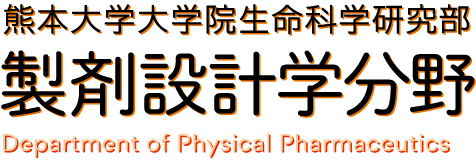Effect of Peracylation of β-Cyclodextrin on the Molecular Structure and on the Formation of Inclision Complexes: An X-Ray Study
M. Anibarro, K. Gessler, I. Uson, G. M. Sheldrick, K. Harata, K. Uekama, F. Hirayama, Y. Abe and W. Saenger
Contribution from Institut fur Kristallographie, Freie Universitat Berlin, Takustrasse 6, D-14195 Berlin, Germany, Institut fur Anorganische Chemie, Universitat Gottingen, Tammannstrasse 4, D-37077, Gottingen, Germany, Biomolecules Department, National Institute of Bioscience and Human Technology, 1-1 Higashi, Tsukuba, Ibaraki 305, Japan, and Faculty of Pharmaceutical Sciences, Kumamoto University, 5-1 Oe-honmachi, Kumamoto 862, Japan.
Received March 15, 2001
Abstract
The molecular structures of peracylated beta-cyclodextrins (CDs)-heptakis(2,3,6-tri-O-acetyl)-β-CD (TA), heptakis(2,3,6-tri-O-propanoyl)-β-CD (TP), and heptakis(2,3,6-tri-O-butanoyl)-β-CD (TB)-have been determined by single crystal X-ray structure analysis. Due to the lack of O2.O3' hydrogen bonds between adjacent glucose units of the peracylated CDs, the macrocycles are elliptically distorted into nonplanar boat-shaped structures. The glucose units are tilted with respect to the O4 plane to relieve steric hindrance between adjacent acyl chains. In TB, all glucose units adopt the common 4C1-chair conformation and one butanoyl chain intramolecularly penetrates the cavity, whereas, in TA and TP, one glucose unit each occurs in oS2-skew-boat conformation and one acyl chain closes the O6 side like a lid. In each of the three homologous molecules the intramolecular self-inclusion and lidlike orientation of acyl chains forces the associated O5-C5-C6-O6 torsion angle into a trans-conformation never observed before for unsubstituted CD; the inclusion behavior of TA, TP, and TB in solution has been studied by circular dichroism spectroscopy with the drug molsidomine and several organic compounds. No inclusion complexes are formed, which is attributed to the intramolecular closure of the molecular cavity by one of the acyl chains.


